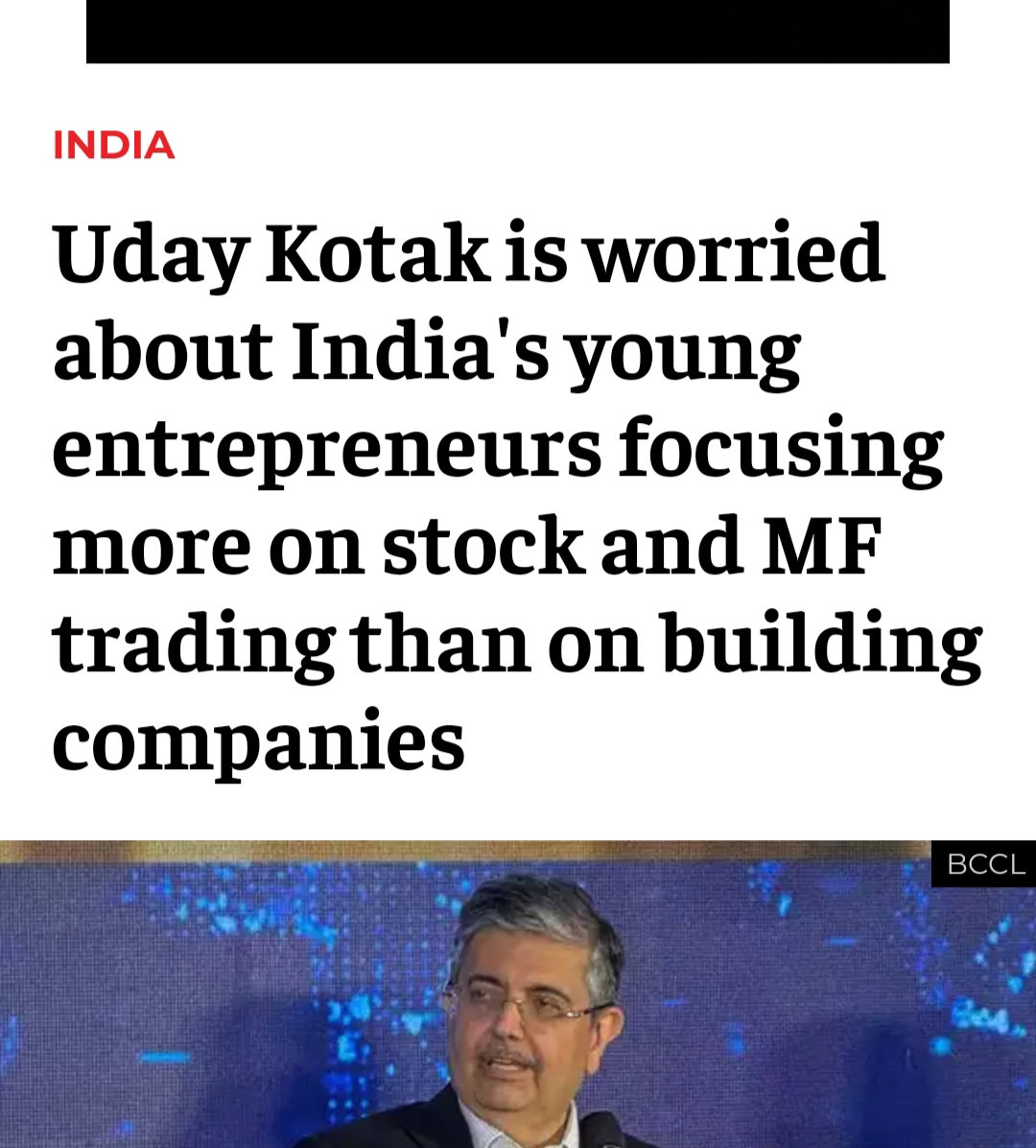Back
Rohan Saha
Founder - Burn Inves... • 7m
When I first mentioned MF trading, I didn't fully grasp how it worked. But after diving deeper, I found it's a lot more popular than I initially thought. Many HNI and institutional investors actively use this strategy, which you can spot if you pay attention to mutual fund inflows and outflows. But here’s the catch: MF trading isn't all smooth sailing. The biggest downside, in my view, is how NAV is calculated. Unlike stocks that trade in real-time, mutual fund NAV is locked in only at the end of the trading day, typically after 2 PM. This means if you buy in when the Nifty 50 is down 1%, but the market bounces back by the close, your order is processed at the higher NAV, not the dip you were hoping to catch. That timing gap can be a real dealbreaker. But why do HNIs still love it? One word liquidity. When you’re moving serious money think crores, not thousands trying to fill a massive order in the regular market can be a nightmare. It might not get fully executed, leaving you partially invested. Mutual funds, on the other hand, handle these chunky investments much more smoothly. A little side note: someone I was talking to even hinted that a few traders might use this strategy to manipulate the market, but that’s a different conversation. Bottom line: it’s not a one size fits all approach, but if you understand the risks and know how to time your moves, MF trading can be a powerful part of your portfolio.
Replies (6)
More like this
Recommendations from Medial
Rohan Saha
Founder - Burn Inves... • 6m
Many people think that if they buy mutual funds from different platforms and keep them, it will be difficult to track them. But that's not true. There's a platform called MF Central, which is SEBI-regulated and keeps records of MF folios and manages
See MoreRohan Saha
Founder - Burn Inves... • 7m
Yesterday, after I posted about MF trading, I found myself randomly scrolling through YouTube, something I rarely do. I decided to search "MF TRADING" just to see if others were talking about it. At the top of the results, I came across a video from
See MoreRohan Saha
Founder - Burn Inves... • 6m
I don't know how many people are aware of this but if someone invests in mutual funds and is looking for a good platform to check mutual fund details I was using trendlyne MF Screener just now It is next level stuff man everything is available in one
See MoreRohan Saha
Founder - Burn Inves... • 7m
Dude, I had looked into F&O and swing trading before, but today I came across mutual fund trading as well. The funny thing is, its returns are usually higher than those of regular traders because it doesn't have the extra costs that we have to pay du
See MoreGargi Jain
Cloud | DevOps | Ill... • 1y
What's the best way to explain my Dad - Mutual Funds is better option than FD and MF gives higher returns. His statement is that "it is risky and might have to bare the loss sometimes and can't remove the cash whenever required (has lock in period)
See MoreRohan Saha
Founder - Burn Inves... • 7m
Many people don't seem to understand one basic thing sometimes mutual fund (MF) returns appear higher than the returns from our individual stock trades. While looking at this, people often forget a very simple point: when we deposit money into a dema
See MoreAdithya Pappala
Busy in creating typ... • 1y
#9TDAYVC-DAY-15 What are Additional Returns? What is the Catch-Up Clause? In Developed Markets, The structure is in 2-20% where 2 is Management Fees & 20 is Additional Returns.Additional Returns & 2-20 structure is not ideal in Indian AIF Market
See MoreMohd Rihan
Student| Passionate ... • 9m
Everyone should know 19 financial terms before any investment... Stock: A security that represents the ownership of a fraction of the issuing corporation. IPO: The first sale of the company's share to the public allowing it to raise capital by listin
See More
Download the medial app to read full posts, comements and news.

































